A modern suit, or does sir prefer something slightly camper?
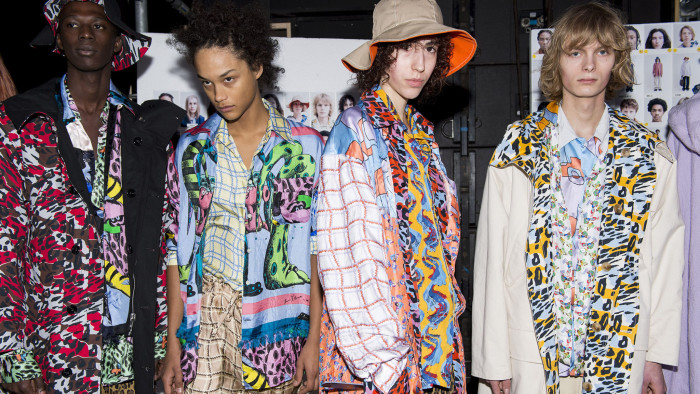
Simply sign up to the Style myFT Digest -- delivered directly to your inbox.
Milanese fashion is filled with families — family-owned and operated businesses, equity kept private, figures well-shielded, scions swelling the ranks, building fashion into a kind of dynasty. Armani, Versace — even Prada — all started as such.
But now it’s 2019: the families in Italian fashion aren’t necessarily related by blood. In August, Ermenegildo Zegna Group took an 85 per cent stake in Thom Browne: hence, you saw that American designer walking around the Stazione Centrale before Alessandro Sartori’s Zegna show in one of his signature short-shorts suits, with a rictus grin and, I’d imagine, very cold knees. He’s part of that family now. And there’s a strength in a broad family, enabling as wide a catchment of product as possible.
There’s no loyalty in fashion any more, Donatella Versace told me: and she wasn’t talking about fashion press ditching and bitching various fashion designers, but rather fickle consumers who rarely wear a single designer label head-to-toe. Even if they do, they want more choice, more options. At least, that was the thinking of the aforementioned son of Zegna, Alessandro Sartori, in presenting his latest show. One of his ideas was a suit that could be broken down, its trousers and jackets mixed, to give different permutations. It’s not a new idea (can’t anyone do that with two suits?) but it felt like it reflected the way men really want to wear clothes now, which is to honour and obey the rules, while simultaneously flexing them a little.
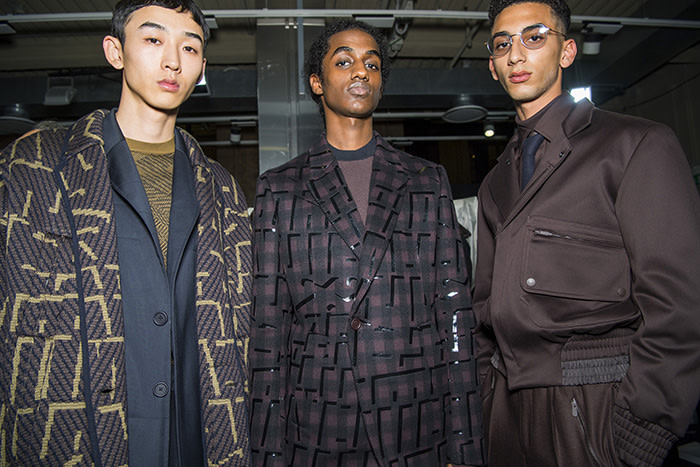
This first big show of the Autumn/Winter 2019 season in Milan was a great Zegna show, probably because it was for winter when suits feel more relevant and models can layer oversized coats over the top without you worrying they might keel over. Slightly less clever than Sartori’s suiting shtick was the idea of staging the show on a concourse in Milan’s biggest train station just as commuters fled the city in the Friday rush. It was a metaphor, Sartori said, for diversity. “It’s a place where people commute, where people leave for travels, arrive from travels,” he said backstage just before his outfits journeyed out. “I felt a strong need to make a collection on openness, on inclusivity.”
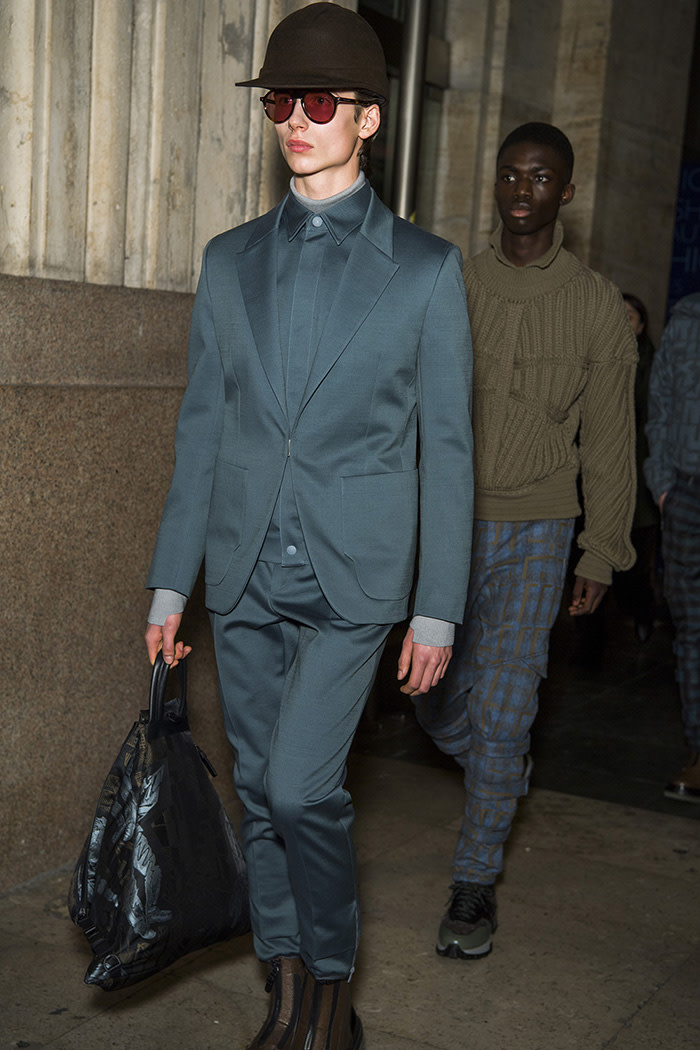
This broad statement was reflected here in a diverse, multicultural casting, albeit of the young and slim-bodied. Sartori’s other declared intention was little more concrete — “to give people who have never worn tailoring a reason to; or to give people who did, a different attitude.” That came through in subtle tweaks to lapels and fastenings and sleeves and seams, rather than alienating grand gestures. The colour palette was also exceptional — almost-colours of burgundy-ish, nearly-navy, a petrol teal, greys — bold enough to tempt, but subtle enough not to frighten. There was also a sustainability element to those almost-traditional suits — recycling of fabric, with wool, cashmere and nylon fabrics created from pre-existing sources, designed to be recycled again later. Two interesting ways of making the old into something new.
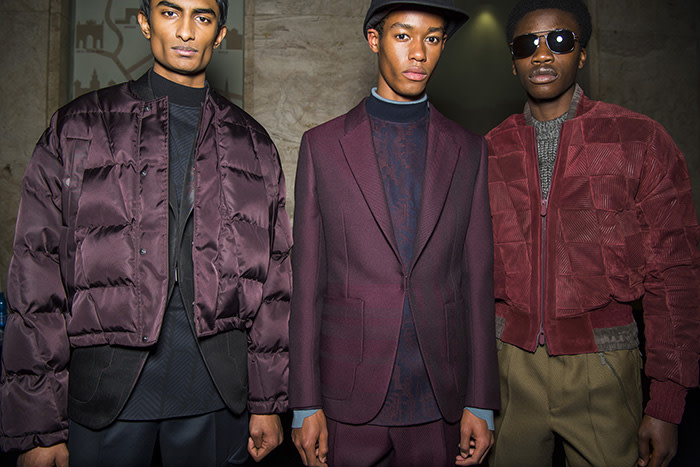
Francesco Risso, the creative director of Marni, is a son of Miuccia Prada — not literally, but ideologically. He worked on Prada’s womenswear (starting on knitwear, winding up doing lots more) between 2008 and 2017, when he left for Marni. He now designs for both sexes — but, some might argue, his menswear is the strength. Because if, formerly, Marni mens was a pale reflection of its hotchpotch, eccentrico older sister (the house was founded in 1994; mens didn’t come around until 2002), it’s now perhaps the stylistically stronger.
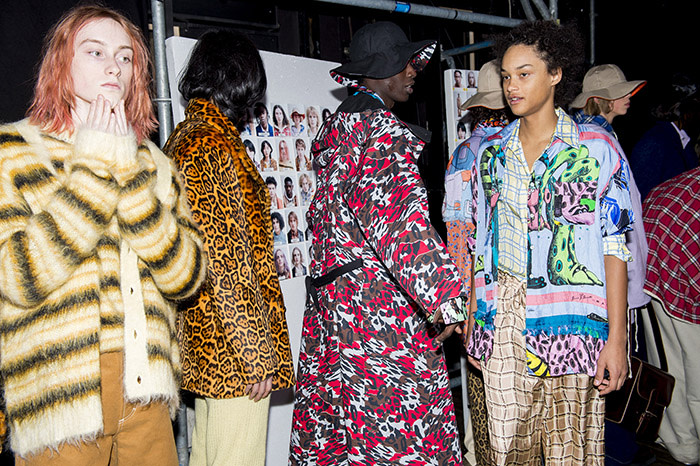
Maybe that’s lack of competition, given the saturation of the womenswear market, and how staid many mens offering are. By comparison, Marni’s chewed-up pyjamas and Wee Willy Winkie nightcaps grab attention.
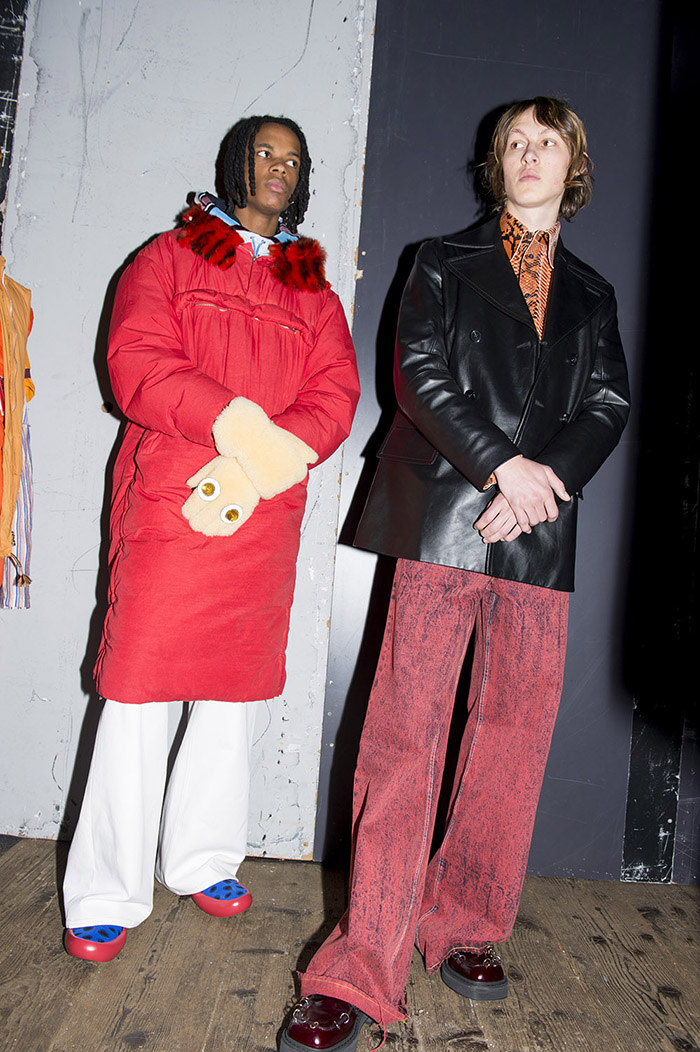
This collection was strong on more direct statements, though: great bouclé wool coats, and strong knitwear, betraying Risso’s Prada background. As did the ease on which your eye pulled away from the big, crafty, crazy picture and down to digestible details: fat loafers in patched leather with exaggerated, trailing tassels; the raw edge on a Prince of Wales checked coat; daft gloves, that looked like skinned Henson Muppets, replete with goggly eyes. OK, nix the last, but they were fun, and sometimes fashion doesn’t have to be serious.
The most famous family in Italian fashion for sure — and possibly in the world — are the Versaces. Has any other got a primetime, Golden Globe-winning American television drama (American Crime Story: The Assassination of Gianni Versace) devoted to them? Even after their acquisition by Capri Holdings in December, Donatella Versace is still at the helm — and the company embraces the notion of family. Or, at least, the familiar.
This collection was a romp through Versace’s greatest, sexiest hits, which continue to sell, in their various variations: strong print, strident colour, a sense of masculine peacocking. Remember Gianni’s leather-trussed nineties hooker chic? Here it was on a T-shirt. Remember those nineties Bruce Weber shoots, or Madonna in a Versace plastic ballgown by Mario Testino? Or Elton John in a Versace evening dress by Richard Avedon? They were all echoed here — the former in PVC overcoats and fetishy trousers, the latter via a few men slinking past with camisoles and feather boas under their suits.
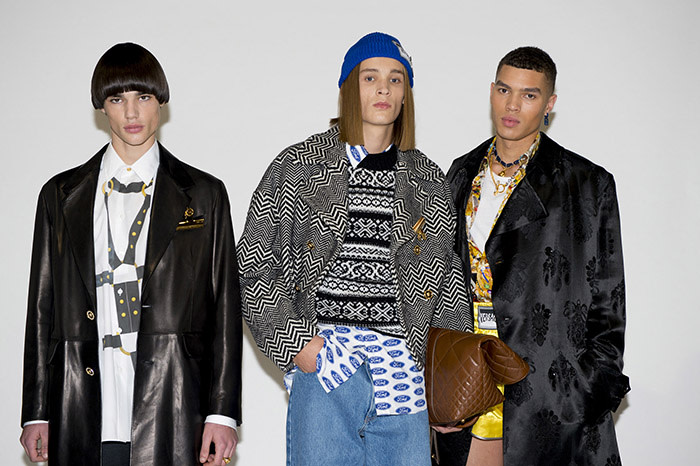
Versace was a sponsor of the New York Metropolitan Museum of Art’s Costume Institute show, devoted to Catholicism in fashion. Plenty of its crucifix-encrusted dresses made the cut for inclusion, and it dressed many attendees. This year’s theme is Camp — which, perhaps, helps explains those ostrich boas and lace fripperies, which could be sported by some of the braver male attendees. Or, of course, women. Which is who it looked as if they were really intended for.
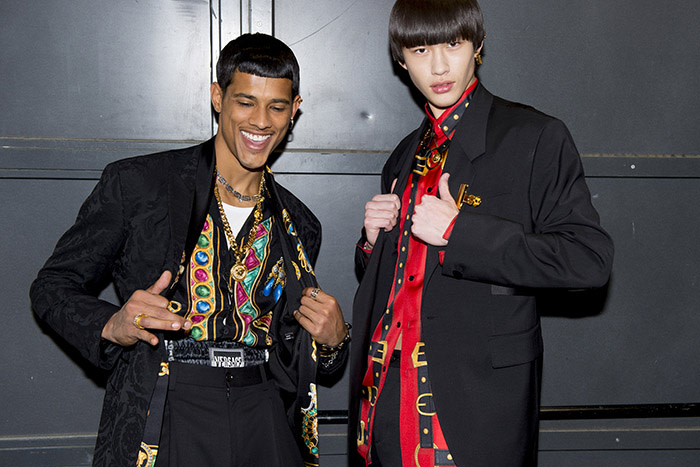
Dissecting Versace via Susan Sontag seems a little extreme — but her 1964 essay “Notes on Camp” offers interesting interpretative points. “One must distinguish between naive and deliberate Camp. Pure Camp is always naive. Camp which knows itself to be Camp (“camping”) is usually less satisfying.”
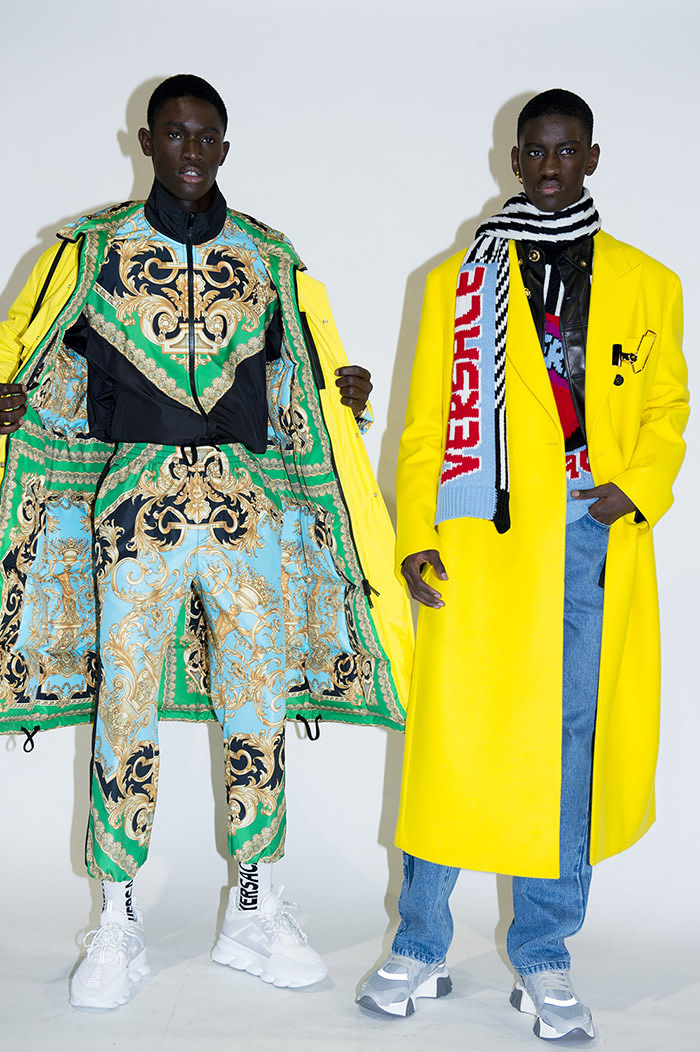
True. This Versace show was satisfying, playful, fun — and demonstrated that RuPaul is a much-underused soundtrack that has both audience and models tapping their feet in time to its rhythm. But, perhaps, this show was a little too knowing to be entirely successful as a statement in its entirety — a little too deliberate. Then again, Camp is in the Versace blood — maybe it could never be anything but?
Follow @FTStyle on Twitter and @financialtimesfashion on Instagram to find out about our latest stories first. Subscribe to FT Life on YouTube for the latest FT Weekend videos
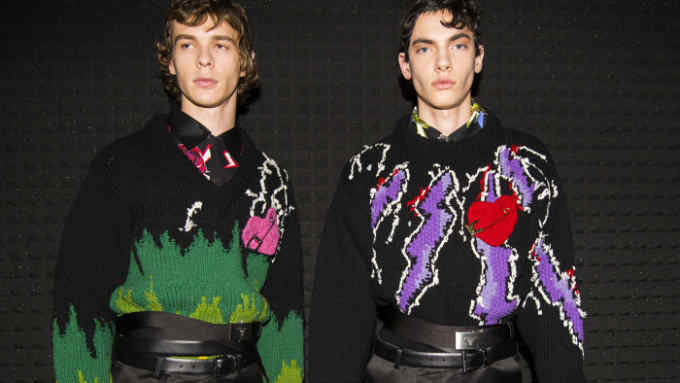
Comments